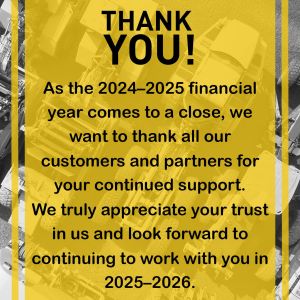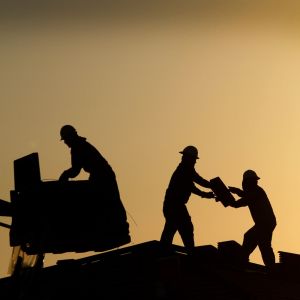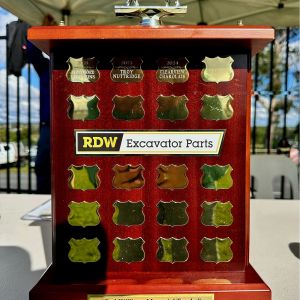You don’t even need to scratch beneath the surface to see that not all track plates (nor parts for that matter) are the same. Some customers prioritise price over all other considerations, but be aware that this could be costing you money. So, even though they may look the same, what’s the difference?
We’ll use our Dozer range of track plates as an example. As you can see in the picture, although these two parts have the same part number:




- The RDW supplied track plate has a higher and more substantial lug. This means that the competitor plate is about 20% worn by comparison.
- The material composition is different. Whilst it can’t be seen, even though some competitors may even use the same manufacturer, the track plates we use have the highest available standard of material selection and heat treatment, normalisation and annealing (cheap products skip the last two stages), further adding life and durability to the product.
- Tolerances are important, as bolts need to be a snug fit to reduce movement of the plate.
- We order our track plates with a painted finish, whereas some suppliers have them unfinished. A common thought is that this is merely a cosmetic difference as the paint will wear off during use anyway. However, the painted surface helps protect the plate from the elements, for instance salt during shipping that can cause corrosion.
A significant cost of running machinery in Australia is labour costs, so by purchasing parts that will last, you will reduce not only your downtime, but also how often you need to spend money on people conducting the change over. Removing and replacing your undercarriage less often also reduces the potential for injuries. So as they say, don’t be penny wise but pound foolish!



